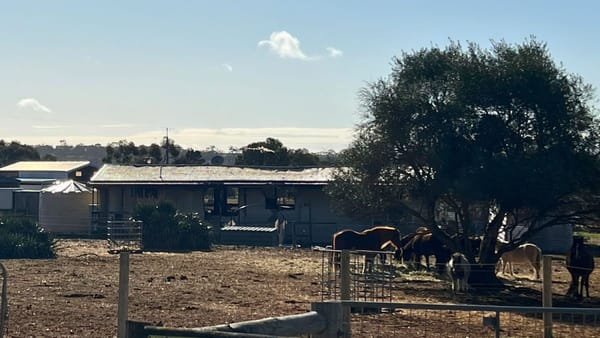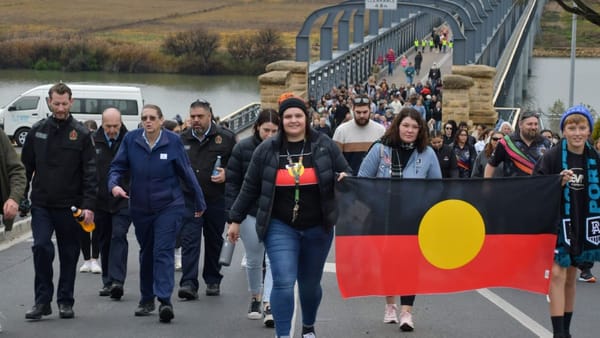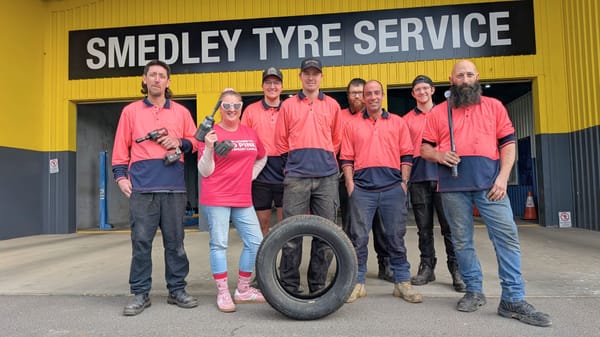All-star chef Mark Best returns to his Murray Bridge roots
One of the leading lights of Australian cuisine says there’s something special about local ingredients – including a much-maligned River Murray pest.
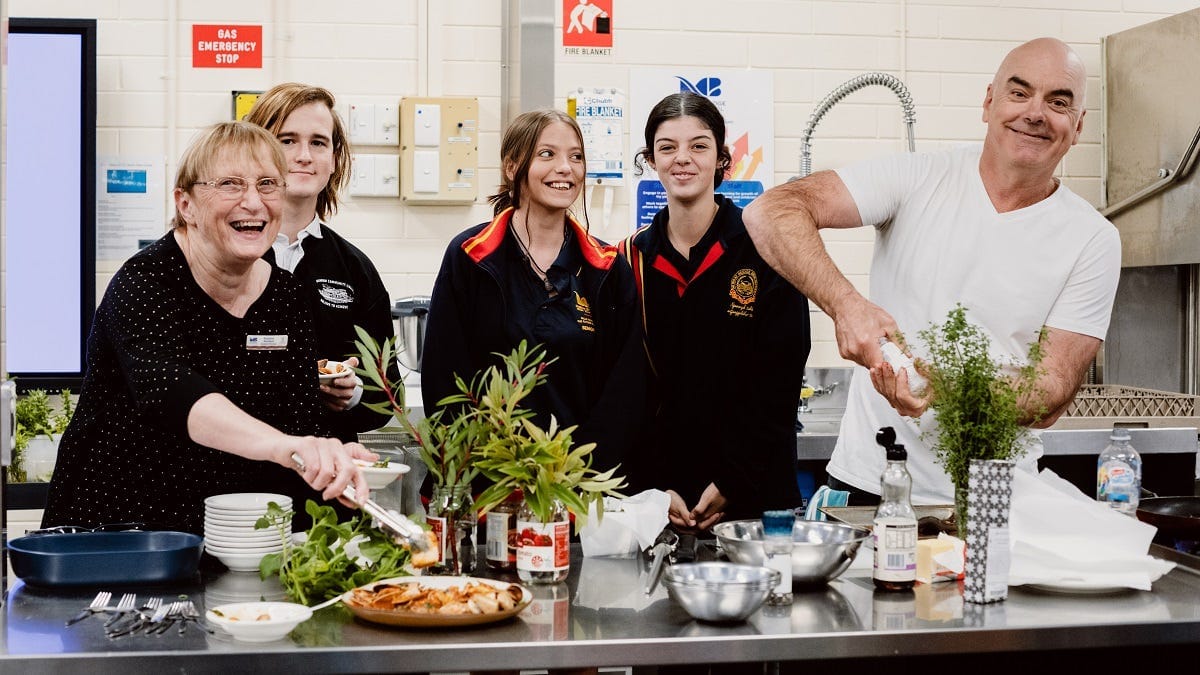
This post was originally published behind Murray Bridge News’ paywall. Paywalled posts are unlocked four weeks after publication. Can’t wait that long? Subscribe here.

He’s one of the country’s leading chefs, a pioneer of Australian cuisine and proprietor of world-renowned restaurants.
Not bad for a bloke from the Mallee.
Mark Best returned to the region where he grew up last week, hosting an event for the Tasting Australia festival and a workshop for local chefs alongside fellow chef Duncan Welgemoed.
He even made an appearance at his old high school in Murray Bridge, where he encouraged today’s students to dream big.
“I hope they can see my journey and believe that anything is possible,” he said.
“I started just where they are now – I went from being a young guy dreaming about pouring cappuccinos and then went on to be standing on a stage in London accepting the best up-and-coming chef award.
“The world should not be cut off for kids in the country, and I’m proof of that.”
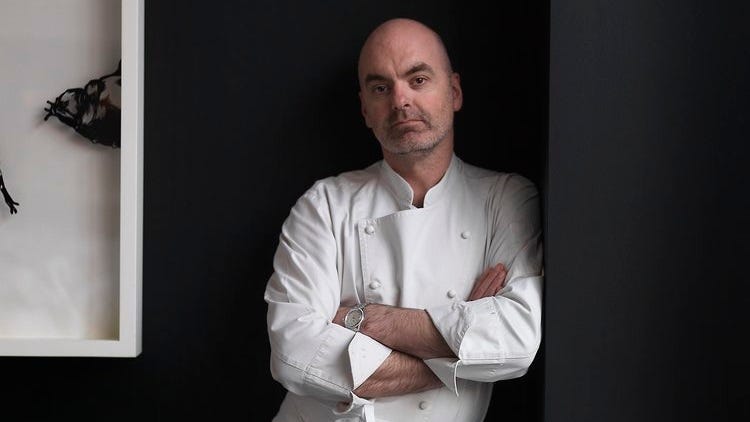
Mr Best was born at Pinnaroo and attended Murray Bridge High in the early 1980s, when current assistant principal Roxanne Rowland was his home economics teacher.
He then had a brief stint as an engineer in Western Australia before going on to a glittering career in Sydney.
He planned to open his own cafe right away but, by his own admission, “my ambitions were slightly ahead of where my technical ability was”.
Instead he gained a passion for regional French cuisine as an apprentice at a bistro at Potts Point, starting a meteoric rise which coincided with an explosion of Australian cuisine.
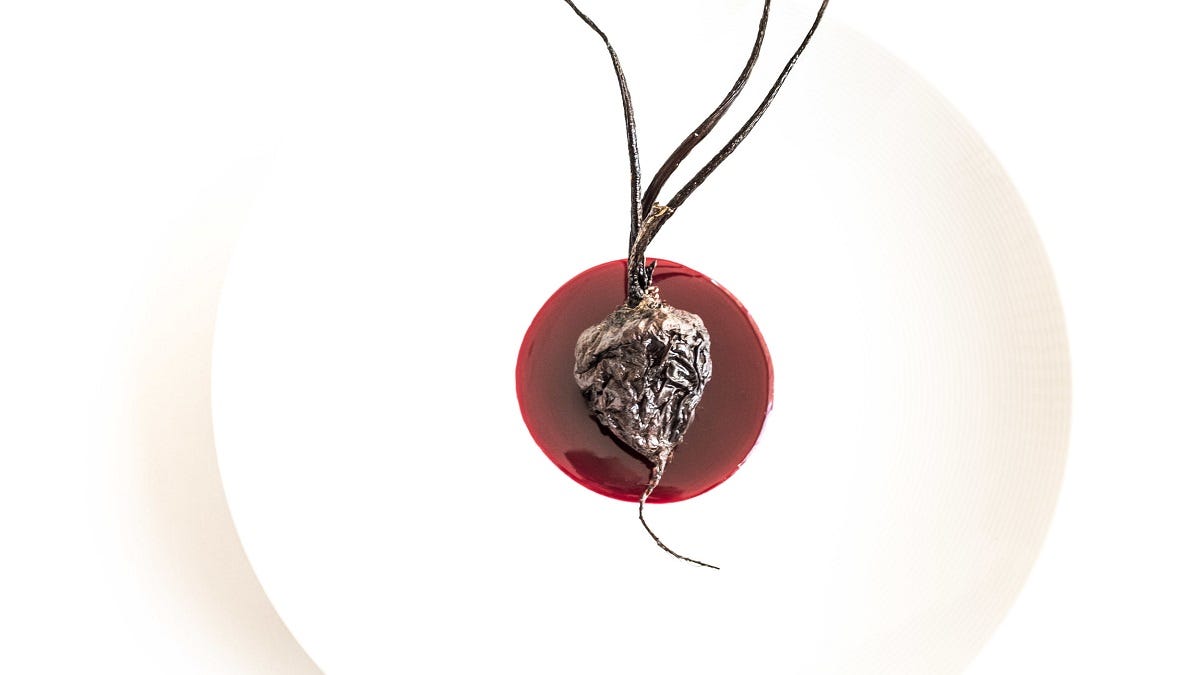
Until that point, the menus at Sydney’s finest restaurants had still been written in French, and had leaned more closely on European traditions than Australian ingredients or Asian influences.
Mr Best was named Sydney’s best young chef in 1995, the year he opened his first restaurant at Balmain; worked under Michelin-starred chefs in France and the United Kingdom; and – after opening another restaurant, Marque, in 1999 – took his place among the likes of Neil Perry and Tetsuya Wakuda as one of the biggest names on the Australian culinary scene.
“I had ambitions to be on the world stage,” he said.
“Australian cuisine, I believed in it, I believed that Australia had something special culturally that it could add to the world stage and that hopefully I might add to that.”
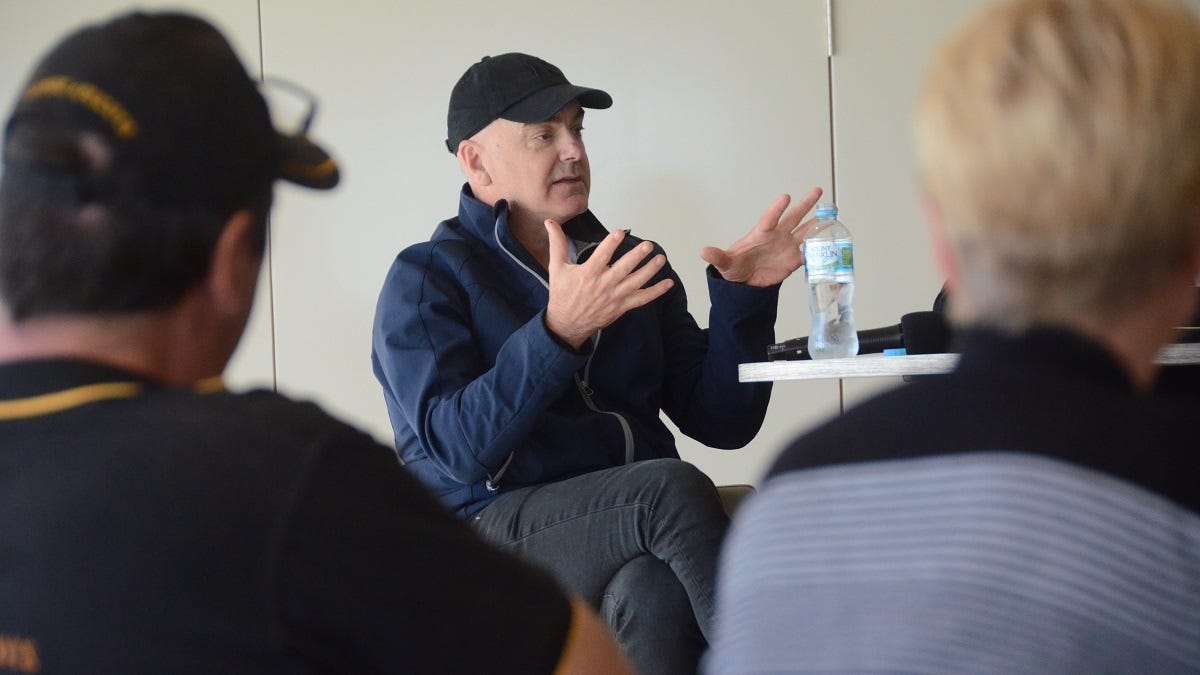
At a time when his peers were using exclusive, imported ingredients, he resolved to test himself: could he take standard ingredients from any supermarket and use his talents to turn them into something special?
The answer was a resounding yes.
“Plain old beetroot, by the bag, became one of our signature dishes and became one of the ways we distinguished ourselves,” he said.
“It’s about creating value in the end.”
Humble carp could become a key ingredient, chefs suggest
The chefs also took a tour of the Coorong with fisherman Glenn Hill, whose company, Coorong Wild Seafood, provides seafood to a number of restaurants and retailers.
That includes carp, the riverine pest most other fishers would leave to rot on the riverbank.
Yet the two chefs served a carp larb, a Thai salad, at a Tasting Australia event in Loxton on April 30; and Mr Welgemoed said he planned to use it on the menu of his Adelaide restaurant, Africola.
Mr Best argued that the River Murray’s carp problem was really an opportunity.
“Any other country in the world would be crying out for this,” he said.
“We’re inventing beef replacement proteins, Thomas Foods have a massive facility creating soy or legume-based proteins, yet already in the Murray we’ve got actual protein there, an invasive species.
“There’s such an abundance … it’s what you do as that value-add, how you get it to market.”
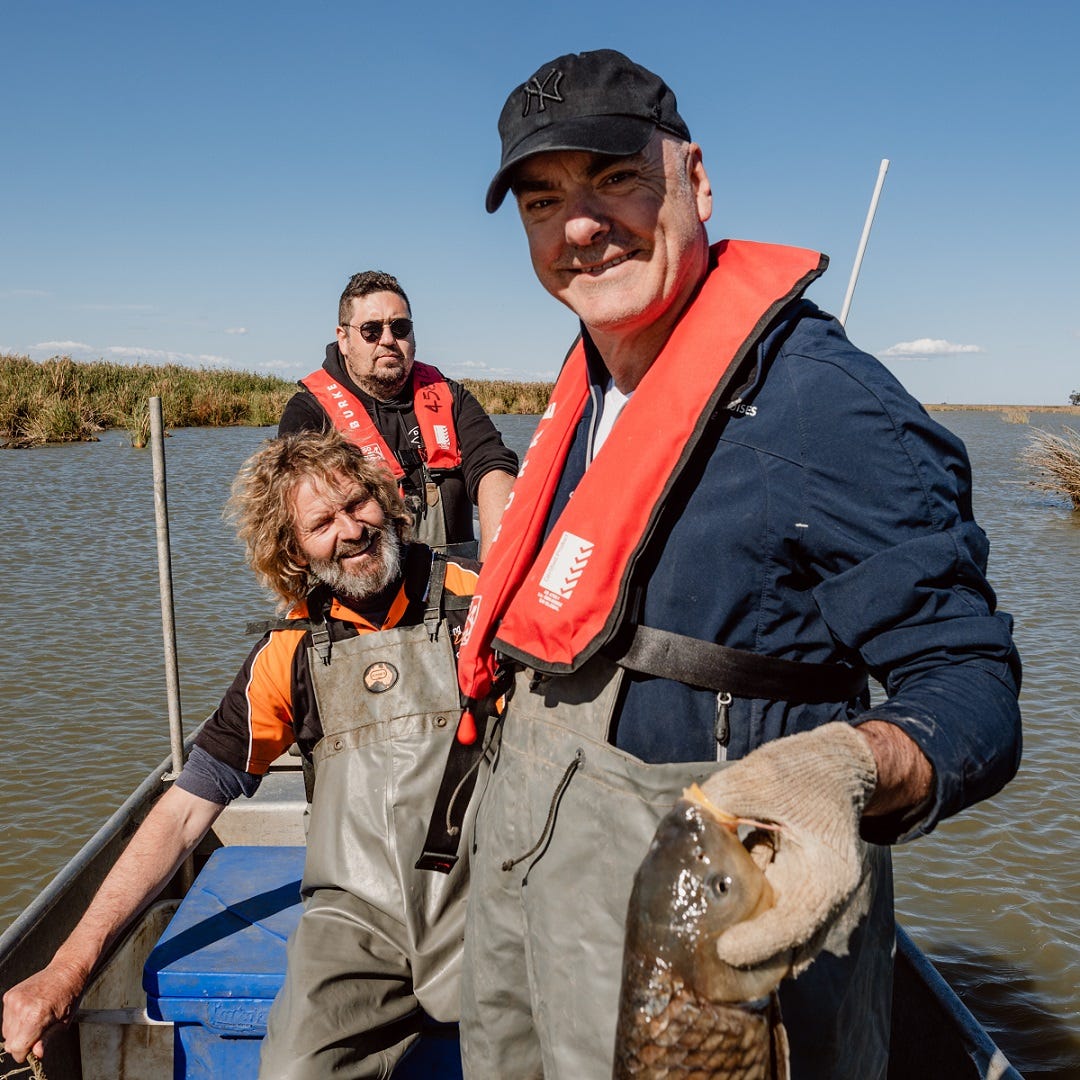
Mr Hill and his wife Tracy have long argued for a carp processing facility to be built in the Murraylands.
That sort of project which would require outside investment, as it would be beyond their means.
But mechanical processing would be less wasteful than doing the same job by hand, they said, and would go a long way towards making carp fishing a viable industry.
At present, every 1000 kilograms of carp caught produces just 200kg of meat.
Mr Best said he was convinced.
“The carp experience with Coorong Wild Seafood in Meningie was something special,” he said.
“Spending time with Glenn and Duncan out on the water just reiterated why it’s so incredibly important for us to get sustainable carp on more menus around Australia.”



